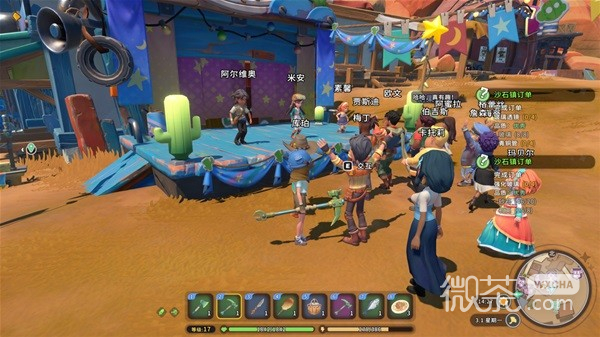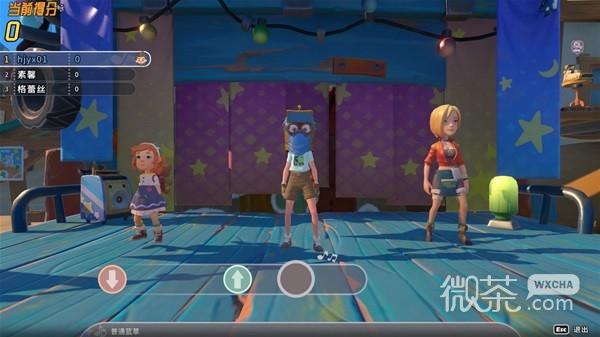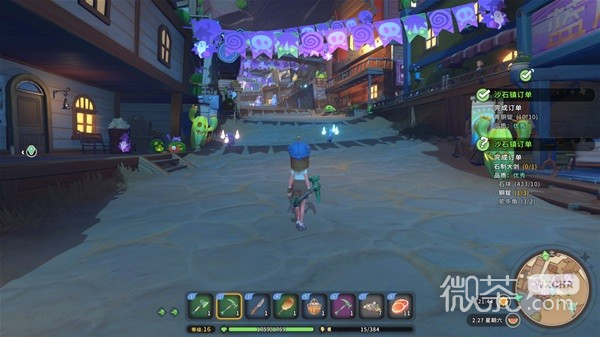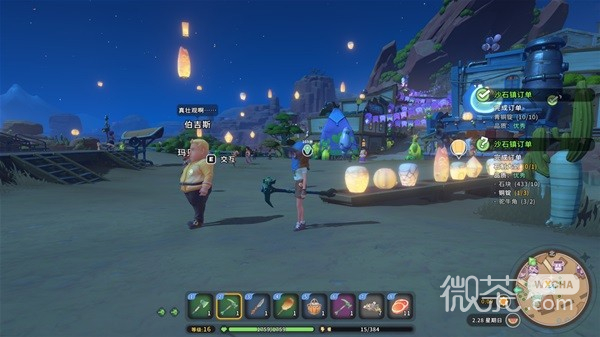In the game, players can freely choose different characters to play their favorite roles and have various abilities. The options for these characters include a wide variety of abilities and skill attributes to choose from. However, many people may encounter some problems when making a choice, such as information about the official version update of Sandstone Town Time and detailed instructions on how to play. Therefore, we have specially prepared a detailed tutorial guide for you, hoping to help you better understand and master the gameplay skills of the game.

There was no moment of mourning as "Super Buckyball" rushed to the street. What immediately rushed to the battlefield was: "Sandstone Town Time"!
What, you said it went on the battlefield in May last year? emmm, it was the legendary player-paid QA version at that time (generally QA should collect money from the game company). On November 2, after a lot of polishing, it added sparring, marriage (and a lot of plots about conquerable objects), and a lot of new copies. , "Sandstone Town Time" 1.0, with the number of main tasks and text volume reaching several times that of "Time at Portia", is finally online.
Of course, this is not a review, because the duration of "My Time at Portia" is only 50 hours+. I looked at the friends who have played "Time in Sandstone Town" from EA and basically all have 200 hours+. As it was just released, I played it back then and picked it up again a year and a half later. I can only have a "first time" experience, but I can roughly introduce the main gameplay of the game and my experience.
First of all, let me explain: "Time in Sandstone Town" is not a farming game that has made great changes in the gameplay. Of course, the game still does a lot to make "Time in Sandstone Town" look different from the previous game. For example, "Sandstone Town Time" is more "workshop" weak, such as adding sand fishing mini-games and sand-skiing mini-games, but it focuses on taking orders, making, improving character favorability (eventually getting married and having children), and digging through dungeons. The gameplay framework of mines and main quests will be somewhat similar.

The main improvements of "My Time in Sandstone" compared to "My Time at Portia":
1. The picture quality has been greatly improved, especially in character modeling.
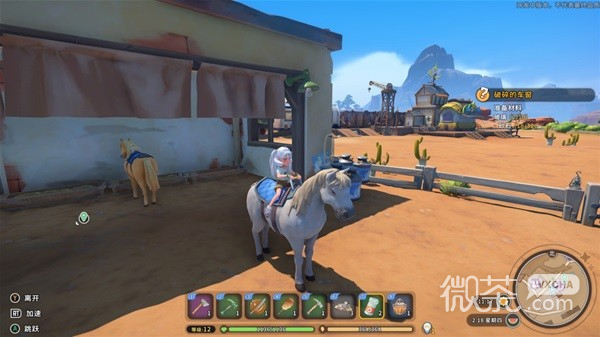
2. A grander and more open scene is also suitable for horse riding (of course 1+2 also caused an initial optimization collapse)
3. Great progress has been made in the details of the operation. For example, assembling the assembly station only requires materials in the backpack, and there is no need to hold the corresponding items in your hands. When submitting items to NPC, you can submit them if the items are available in the home warehouse. It needs to be placed in a backpack, which greatly saves backpack space.

4. There are a lot more side plots of characters that can be conquered than in the previous game, each with its own characteristics, and there are also many characters that can be conquered.
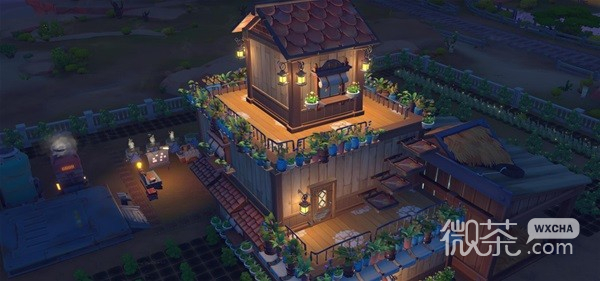
5. The landscaping of the home has been greatly enhanced (this is not me, but a picture from the Internet. I don’t have this ability!)
6. With more competitions and orders from the chamber of commerce, the character’s favorability is not that great.
7. Tu Yile’s combat system adds firearms, making it more convenient to fight monsters beyond levels.
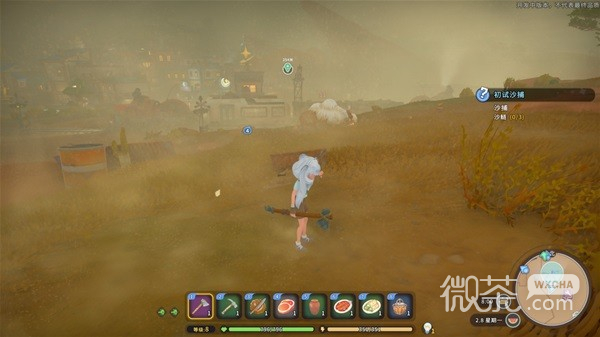
Criticized issues:
1. First of all, it is optimization. Because the interior scenes of the houses (such as chambers of commerce, construction shops, etc.) in this game are not small, basically there are scenes for switching in and out of the houses. However, the external scenes are also very large, so in the early stages of release, especially for mechanical hard drives, The gameplay will be quite torture. This problem has been optimized a lot before, but if there is no SSD, it will still be affected to some extent.
2. Secondly, there are BUGs. I have not encountered any fatal BUGs. I have experienced a crash once. However, due to frequent automatic saving, it did not cause any loss of progress. However, the bugs related to the game and interaction can be called a beggar's version of Ubisoft, especially the air interaction and model wearing in the mines can be seen everywhere.
3. Finally, there is the plot. Since my recommendation is limited, I will not comment on the plot yet.
Judging from player feedback, negative reviews are concentrated on:
(especially Logan's) Nantong plot,
The publicity that everyone can conquer it is untrue - you need to be loving, but in fact the proportion of loving NPCs is quite high (more than 75% by visual inspection). Since basically every time Isshin's favor is given to the conquerable characters, I think so. I think it's okay.
Screenwriter's job: Portia has written Jinjier to death, which caused controversy. Sandstone Town is not a fairy tale town where everyone is popular like Portia, but a border town facing the threat of bandits and many internal conflicts, so There are definitely a lot of plot advancements that will make some players dissatisfied.
The protagonist's participation is not high: he is just a tool maker throughout the whole process - this may be a point that is difficult to avoid in life-style group portrait plots.
In "Time in Sandstone Town", unlike "Time in Portia" where I am in a peachland with abundant resources, my experience is more urgent resource pressure. For example, the most scarce resource in the desert is water, although we people do not need to drink water. But all of our production equipment, drill rigs, lathes, furnaces, scrap recycling machines, etc., require a supply of fuel and water to work.
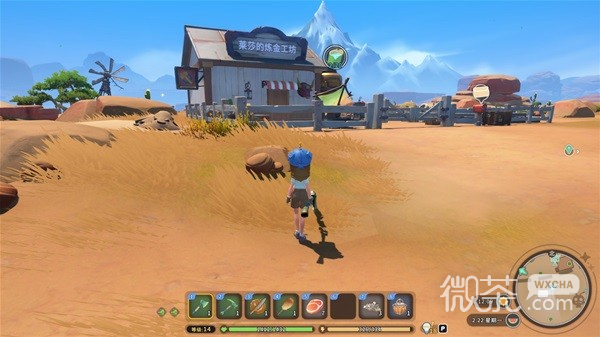
So where does the water come from? You can go to the water tower store in town to buy it. In addition, it is dew. You can collect dew when making a ceiling. You can also get dew by interacting with plants other than dead trees (such as cacti). Then 10 parts of dew can be synthesized into one part of water at the workbench. We The initial storage capacity of the water tank is about 30 barrels of water, and the consumption rate is determined by the number of machines working at the same time.
As for fuel, burning wood is also possible but not recommended - compared to other farming games where wood is generally available everywhere, the wood in "Sandstone Town Time", especially high-grade wood, is relatively scarce, especially when making boxes in the early stage and building houses in the later stage. It requires a lot of both, and it is best to burn the slag glow obtained by decomposing the slag, or the crystal from the mine (one ordinary crystal provides energy equal to about 10 parts of the slag glow).

Then, time passes quite quickly in "Sandstone Town Time". We get up at 7 o'clock in the morning, and then check what activities are on the schedule. If not, we can take orders from the Chamber of Commerce, and try to complete the two highest-rated projects every day. Chamber of Commerce Orders - The top three workshops can receive generous monthly snowball rewards. In version 1.0, I feel that the rewards for growing vegetables now are much higher than those for making things in the workshop, but growing vegetables requires pre-technologies, seed harvesting and growth cycles - there is a trick that is that in the later stage, when you are not too short of money, you can check it out at the food store. Buy the food when you arrive, and it is better to build a good relationship with the store manager to get high discounts.
After completing the daily orders and branch tasks in the town, if you have enough energy, do the main tasks - most of the main tasks are to open new dungeons and complete orders that require more complex (but basically one-time needs). However, although there is a time setting, the game has no actual time pressure. Time is more about restricting activities. For example, the opening hours of museums are from 7 a.m. to 8 p.m., and the entry time of most businessmen and residential buildings is from 7 a.m. to 10 p.m. Players can slowly and leisurely become a workshop master, just remember to go to bed before 1 o'clock, otherwise they will bring a DEBUFF the next day - but if you click on the skill, you can not go to bed until 3 o'clock.
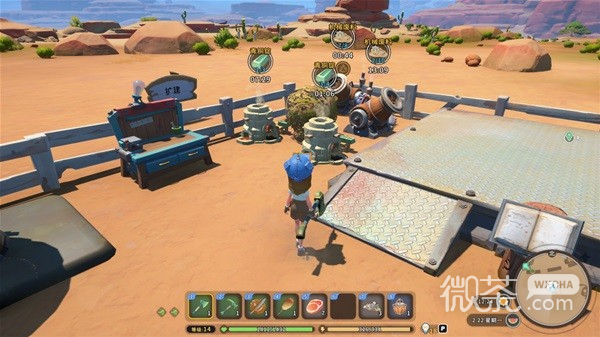
So the fun of production lies largely in the waiting process that includes the element of "time": the game contains some work points that can be completed immediately, such as the work table (to complete the rough processing of raw materials) and the assembly table (to assemble accessories into machinery or facilities) , but most working machines, from primary scrap processing furnaces and furnaces to intermediate lathes ore screening machines, etc., include operating time - this operating time can be the task arranged when you go out early in the morning, or This can be done after you fall asleep, making for a wonderful "scheduling" fun.
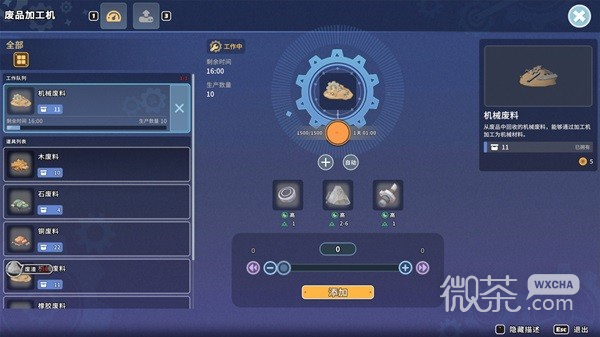
Another part of the fun of production is to make the process of obtaining and producing materials "diversified" - the game is set in a world where the originally developed human civilization has been destroyed, so Sandstone Town is a place adjacent to various places. In a "ruined" town, the stones and wood we obtained in the first step of the game came from various "scrap piles", and most of the rubber, metal and other materials we obtained later came from scrap piles collected in deep pits. .
On the one hand, such a waste pile has a bit of a "Western Gold Rush" flavor. On the other hand, it also provides some rationality for the "diversity" of raw materials. For example, a wood waste pile will obtain wood fertilizer, waste residue and some small probability. This "complex" collection process is also implemented throughout the game - for example, when collecting stones, we have a chance to obtain sand, stones, dew and bugs, and when digging for minerals in underground ruins, we may obtain gold. Diamonds and other valuables.
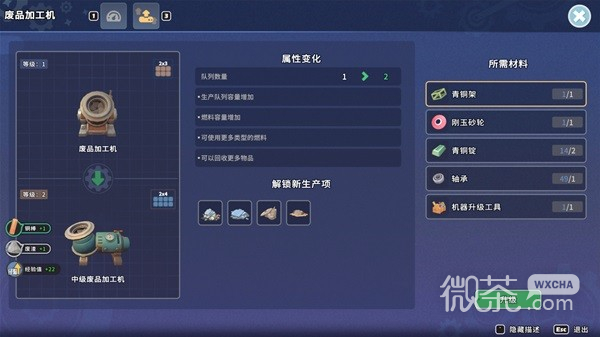
All settings in the game have level settings. For example, a furnace can be upgraded from basic to normal and then to civilian use. Then the upgrade of the level improves the ability of the equipment to produce high-level items. For example, casting steel ingots requires a civilian furnace. and above can be produced. On the other hand, waste cleaning equipment, for example, has a higher probability of obtaining high-grade materials.
Naturally, we transition to the other focus of the game, which is digging - but let's be honest, it's not very fun. The excavation of "Sandstone Town Time" is to set up some replica underground ruins. We can quickly access the floors we have visited (such as 1, 3, 5, 7, etc.). Every time we push out from the ruins, it is equivalent to leaving Next mark, you can continue next time, but if you want to switch floors manually, you need to pay to remake the dungeon.


The deeper the ruins, the better the items are likely to be obtained. A large amount of ores can be obtained regularly in the ruins - the metal ingots smelted and the products of various subsequent industrial processes constitute the core raw material supply for our workshop production. In addition, Fragments of various "cultural relics" and "old era discs" can be obtained. The fragments of these cultural relics can be restored by consuming old era discs in the museum. The completed cultural relics can be placed in our homes and provide a certain degree of attribute bonus. Well, I personally think this "repair time" setting is pretty good.

So how are these resources discovered underground? In the game, when we enter the underground ruins, we will be equipped with a flying jetpack and a scanner for detecting objects - basically try to dig towards the yellow light spot on each floor, and then dig towards the exit. , the gameplay can basically be considered as a super Lite version of "Deep Rock Galaxy".

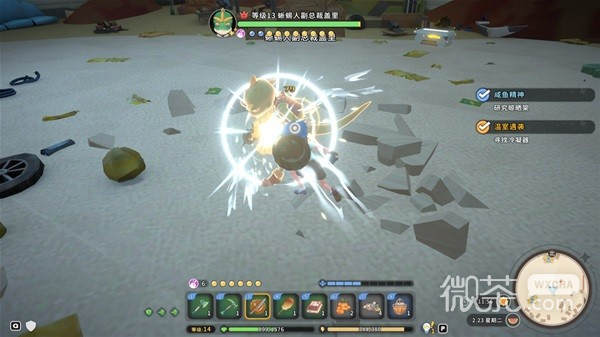
As the main plot of the game progresses, more and more dungeons will be opened, but the combat experience in the game is relatively abstract - the logic of combat is okay, that is, dodging to avoid damage and knocking down the enemy's toughness bar will give you time to break the defense. , then weapons with a high DPH like the sledgehammer and weapons with a high HIT number like the double daggers form two fighting styles, and with the addition of firearms, it becomes even richer. Overall, it's pretty good for a farming game, at least better than the combat in "Rune Workshop".
Do you want to go back to bed at 2 o'clock in the middle of the night? Let’s discuss it first
Similar to "Time at Portia", the ultimate goal of the gameplay of "Management, Construction, Adventure and Exploration" in Sandstone Town is to complete character development, including: self-attributes and NPC friendliness.
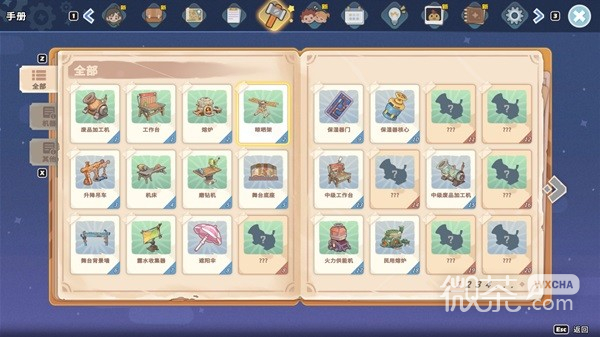
In terms of developing self-attributes, the game sets character levels, expertise levels, workshop levels, home levels, tool levels, etc.
The character level can increase the basic life, stamina and blood volume. You can upgrade for basically anything, but it mainly needs to be exchanged for "stamina" → So stamina is the most important part of daily resources, but the production process does not consume stamina. , only fighting and gathering consume physical energy;
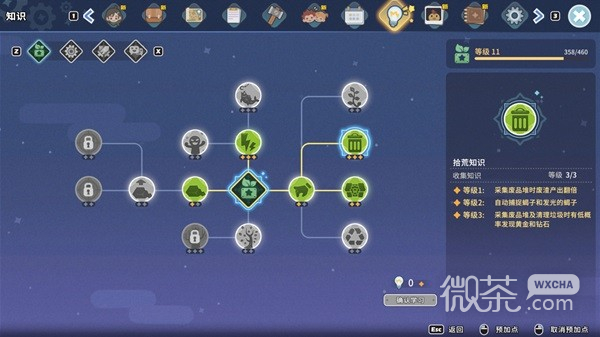

Expertise levels are divided into four aspects: "gathering", "production", "combat" and "communication". For example, mining and cutting down trees will promote "gathering", and building items and facilities will promote "production". These levels correspond to each other. There are skill trees with some passive effects. If you find a small light on the screen, it means you can upgrade your expertise level. The expertise level is determined by the material consumption of production and life (such as reducing the consumption speed of fuel and water), effects (such as digging Rare ores obtained when mining) are closely related to rewards (such as increased rewards for completing tasks on the same day), so it is an upgrade that has the most "fun to develop".
Upgrading homes and tools both require a large amount of materials. The former is to improve the basic attributes of the character (why do my attributes increase when upgrading the house? It turns out that my house has become a spirit?), while the latter is similar to the upgrade of the hometown in RTS games. All of them can unlock a higher level of material production content.
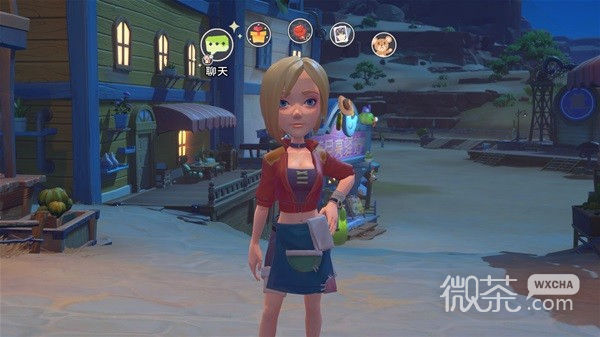
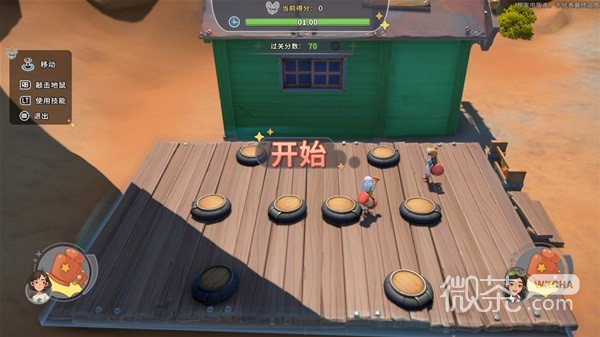
In terms of NPC friendliness, it is still the conventional mechanism of say hello +1, bubble conversation +2, giving the right gift +N, and doing entrusted tasks +N. Then the merchant NPC will reduce the price of the product after reaching a better relationship; the plot NPC is It can promote friendship (I don’t know if there is marriage until the end of the game). At present, I feel that the guidance is not very good. For example, if I give a fish to an NPC who loves fishing, it turns out that it is a gift that I don’t like?
However, there are still many activities that you can do with your friends, including card battles (basically no fun), competitions (are western towns so martial?), game consoles, dinner parties, etc. The only problem may be that, In a game where time is the main production resource, spending time with friends will somewhat disrupt some of the production rhythm and arrangements.
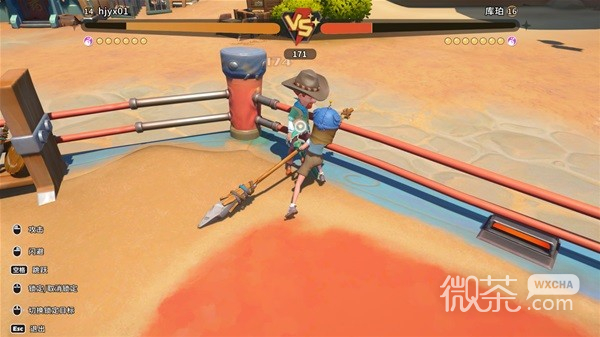
Among them, competition is probably the most stable way to gain favor after saying hello, because some people will give you the Chamber of Commerce tasks (such as several store owners), and some people will not give it. In addition, if you want to conquer Mian, this kind of task Naturally, competitors do not have chamber of commerce tasks. If you want to compete, the advantage is that you can play anytime and anywhere, and if you have the corresponding skill points (double daggers are recommended), you can basically win if you are 10 levels behind, and you will be crushed if you are at the same level.
Steady improvement, but there are also regrets about version 1.0
Generally speaking, some problems in "Sandstone Town Time" are probably very difficult to improve, such as the protagonist's weak sense of participation in the plot and the emotional arrangements of some NPCs. However, in EA for more than a year, the game has been slow to develop. A large amount of content has been expanded slowly, and the lag situation has been greatly improved.
